In an ideal world, higher education marketers would be surrounded by a talented, multidisciplinary team of creatives, analysts, technologists, and communications professionals.
But the reality is that higher ed marketers have been increasingly relied upon to do more with fewer resources.
Smaller teams and budgets mean they need to be equal parts designer, writer, and strategist—and to perform the duties of all three with equal expertise.
The good news is that there are a multitude of apps and services—many of which are free—that provide all the tools required to carry out full-stack marketing campaigns.
Besides a Digital Engagement Platform/Content Management System and Customer Relationship Management tool, which likely already form the foundation of your marketing efforts, let’s take a look at 10 other tools your university or college could have in their digital toolbox.
1. Graphics design and editing
Whether you’re working on a social media post, a recruitment email, or an online newsletter, you’ll need to create an immediate and lasting visual impact.
But if you don’t have the luxury of a dedicated designer, there are plenty of tools that can help you make that splash:
If you can’t find what you need in your chosen design tool’s library of images and templates, you can download free design resources from a stock photo and video website.
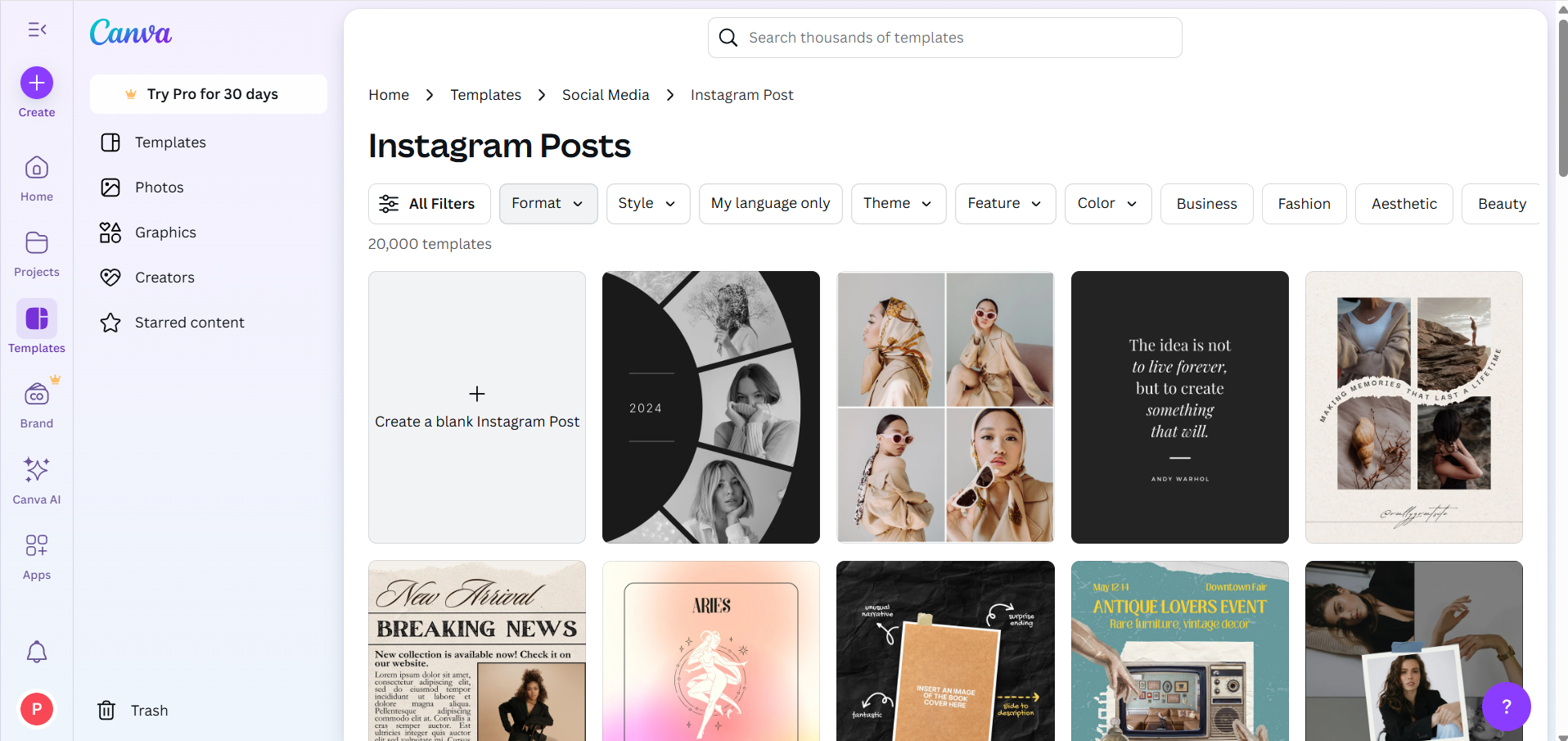
Canva is an online graphic design platform that lets you create a wide range of visual content with drag-and-drop tools and extensive templates
2. AI-writing assistant
What’s an attention-grabbing design without impactful copy to support it?
AI-writing assistants can not only generate a first draft of an email or document, but they can also suggest improvements on your copy, help you define a logical document structure, brainstorm ideas when they’re not flowing, and suggest relevant keywords for SEO.
Popular AI-writing assistants include:
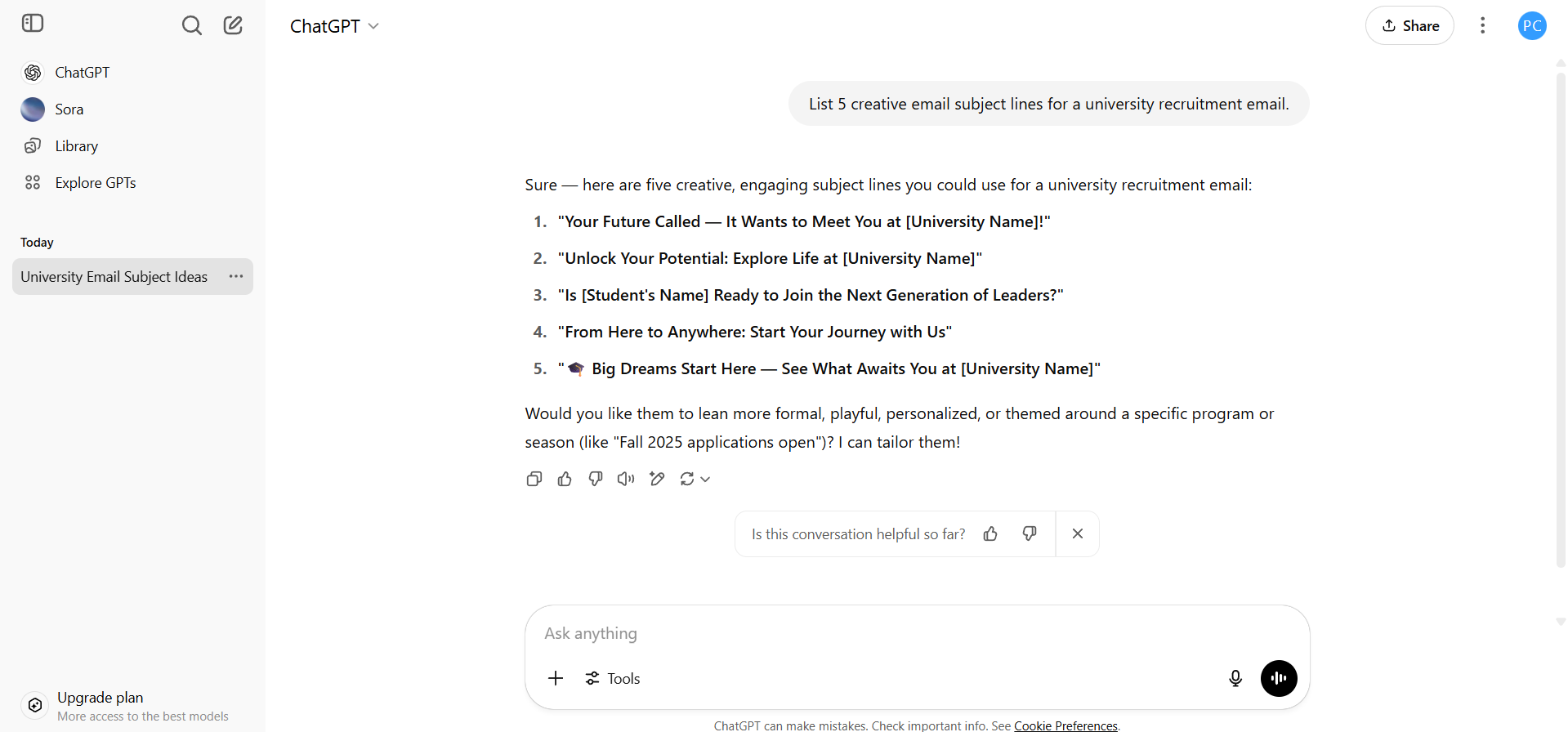
ChatGPT leverages its advanced language model to help with various writing tasks—from generating a first draft to offering feedback on the tone and style of existing content
3. Email marketing platform
An email marketing tool is essential for higher ed marketers’ lead generation efforts, communicating with current and prospective students, staying in touch with alumni, sending newsletters, announcing and promoting events, and managing special campaigns.
Many email marketing platforms have free or trial versions, so you can see which one’s a good fit for you:
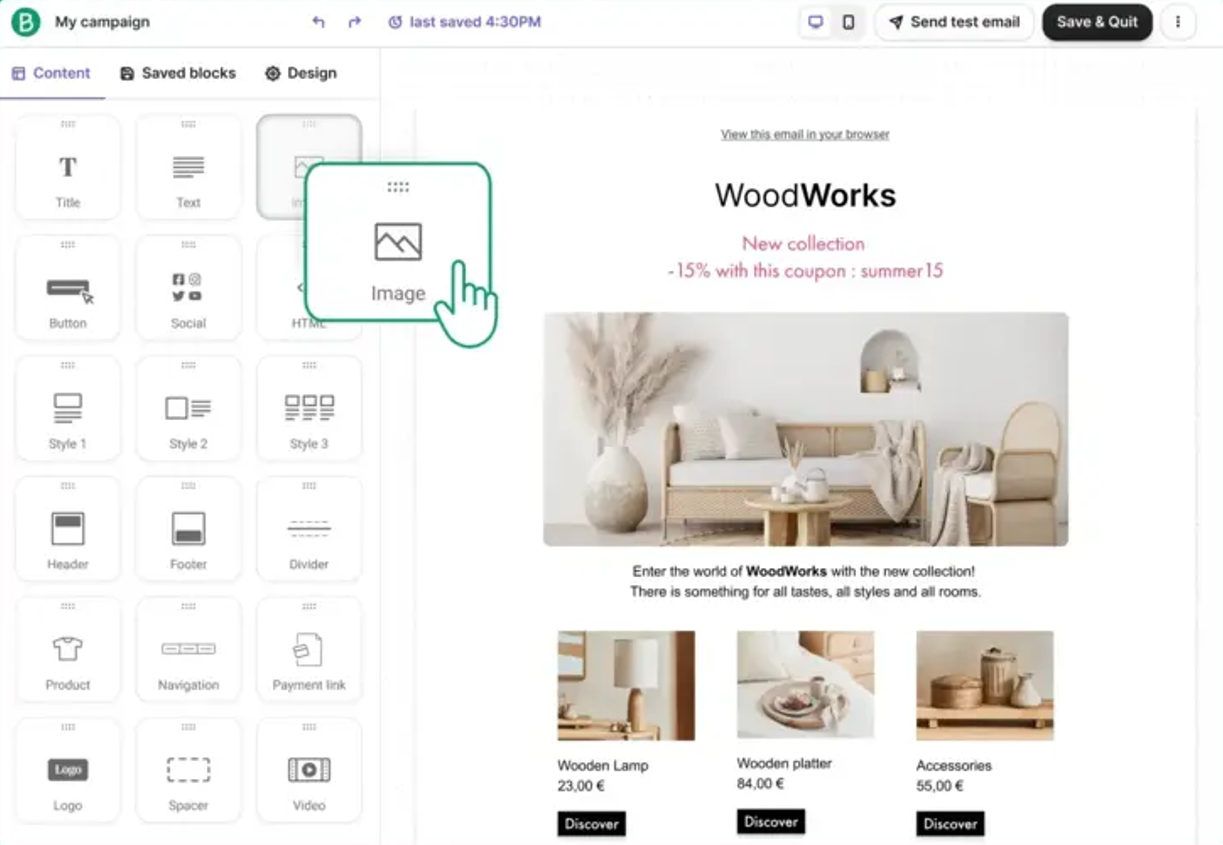
Brevo enables you to create and manage email campaigns with a simple drag-and-drop editor and fully customizable templates (source: brevo.com)
4. Social media management
Trying to manage and engage with followers on multiple social media platforms can be overwhelming—especially if it’s not your primary function.
But there are a lot of social media management tools that can help you schedule posts, monitor mentions and engagement, and analyze performance across multiple social media platforms:
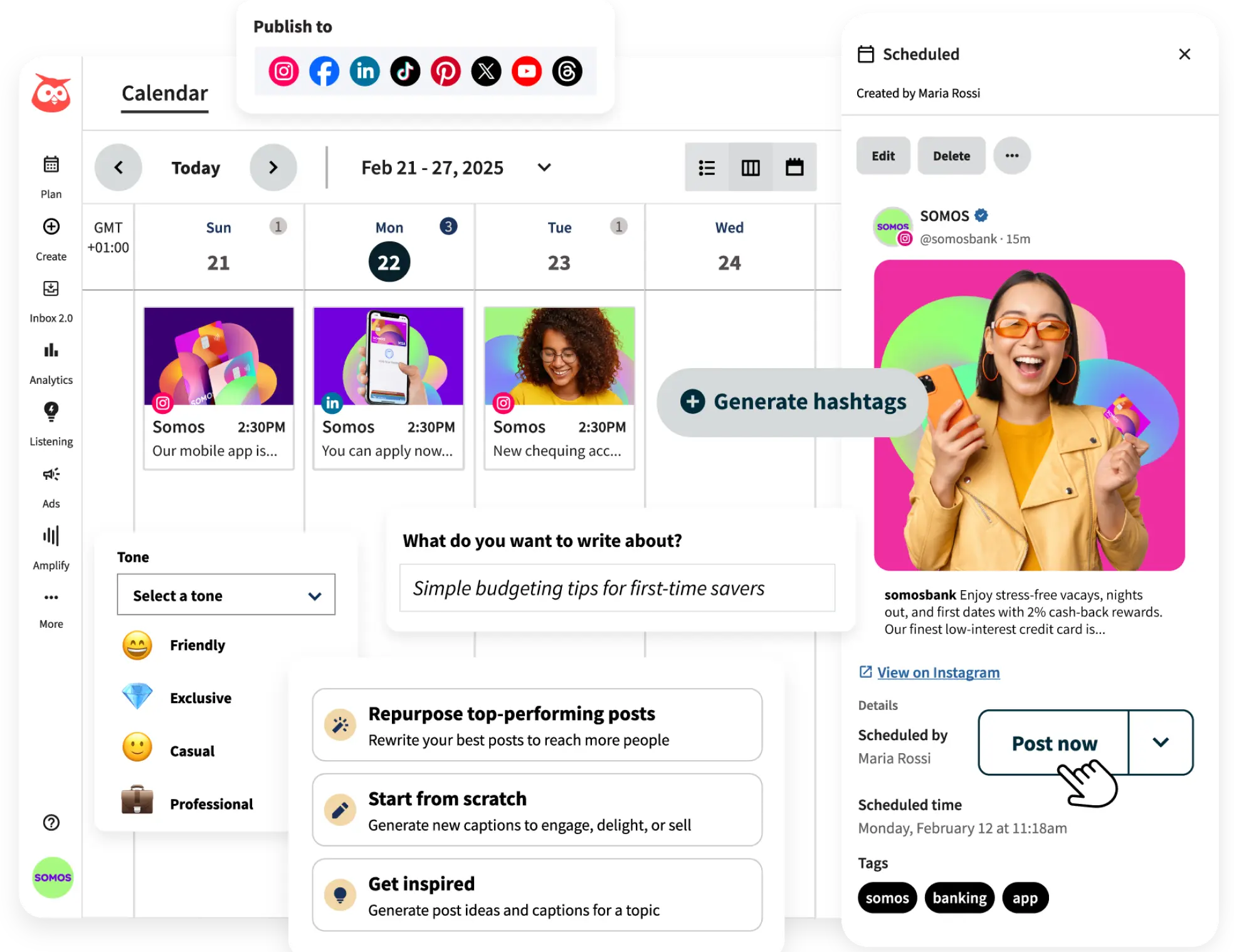
Hootsuite helps you create, schedule, publish, and analyze content across multiple social media networks (source: hootsuite.com)
5. SEO tool
A search engine optimization tool helps marketers improve their institution’s online visibility and organic search rankings.
With features such as keyword research, competitor and backlink analysis, site auditing, and rank tracking, SEO tools allow you to understand users’ search intent and can expand growth opportunities.
At first, SEO tools might look intimidating if you’re not accustomed to using them. But they can provide invaluable insights once you get the hang of them:
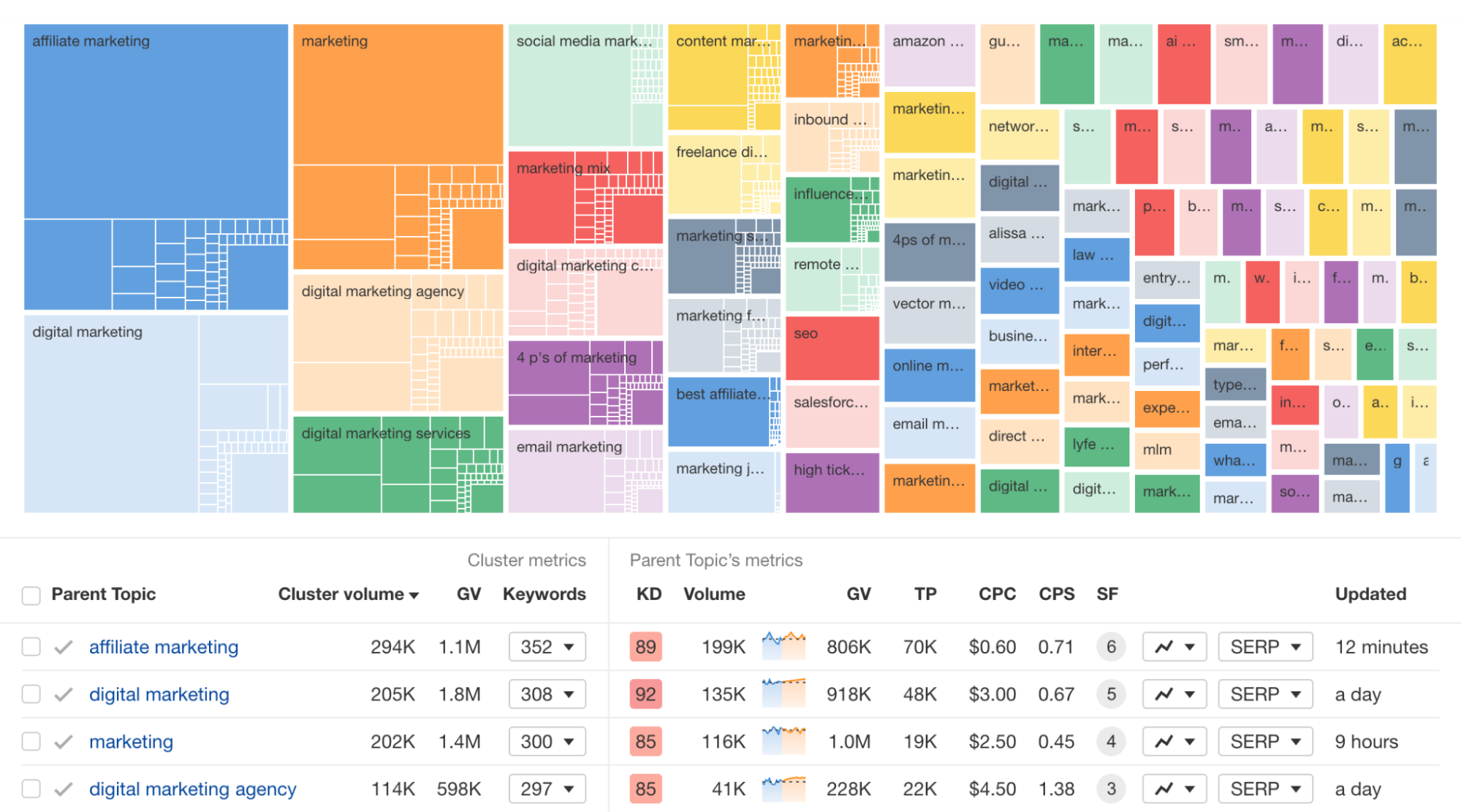
Ahrefs is an all-in-one SEO software suite that helps website managers improve their site’s search engine rankings and organic traffic (image source: ahrefs.com)
6. Web analytics
For anyone managing an online presence—from websites to blogs—web analytics tools are extremely useful in measuring and analyzing website traffic and user behavior.
These tools provide valuable data on how users interact with a site—where they come from, what pages they visit, how long they stay, and what actions they take—so that higher ed marketers can make informed data-driven decisions on how to optimize site performance:

Google Analytics tracks and reports website traffic and user behavior, providing marketers with valuable information on how visitors interact with their site (source: google.com)
7. Project and task management
When tasks and priorities pile up, a project management tool can be a godsend. They help higher ed marketers coordinate with others on every aspect of a project or campaign—from planning and organizing to executing and monitoring.
If you need to regularly communicate and collaborate with colleagues or simply improve your workflow, project and task management tools will help you stay on track:
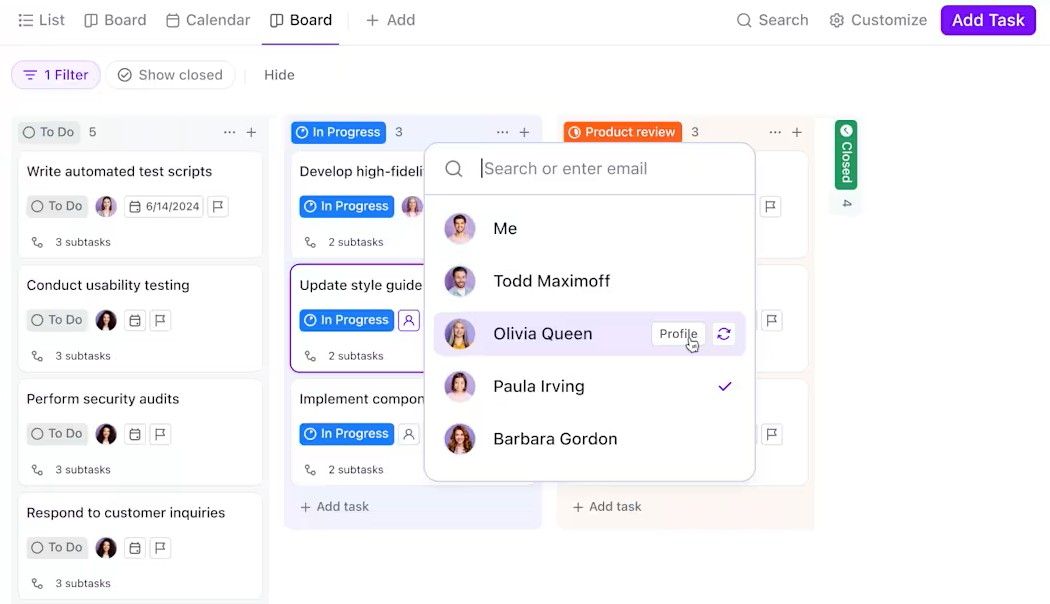
ClickUp is a highly customizable tool that helps individuals and teams manage tasks, projects, deadlines, and goals (source: clickup.com)
8. Survey and form tool
While SEO and web analytics tools provide raw, “behind-the-scenes” data, survey and forms tools enable higher ed marketers to collect information directly from current and prospective students.
They can be used to conduct market research, get feedback on student satisfaction, survey prospective students on course and program offerings, register participants for school events, and gather general information.
Unlike their paper or phone counterparts, these online survey and form tools provide significantly wider reach, real-time analysis, and higher accuracy:
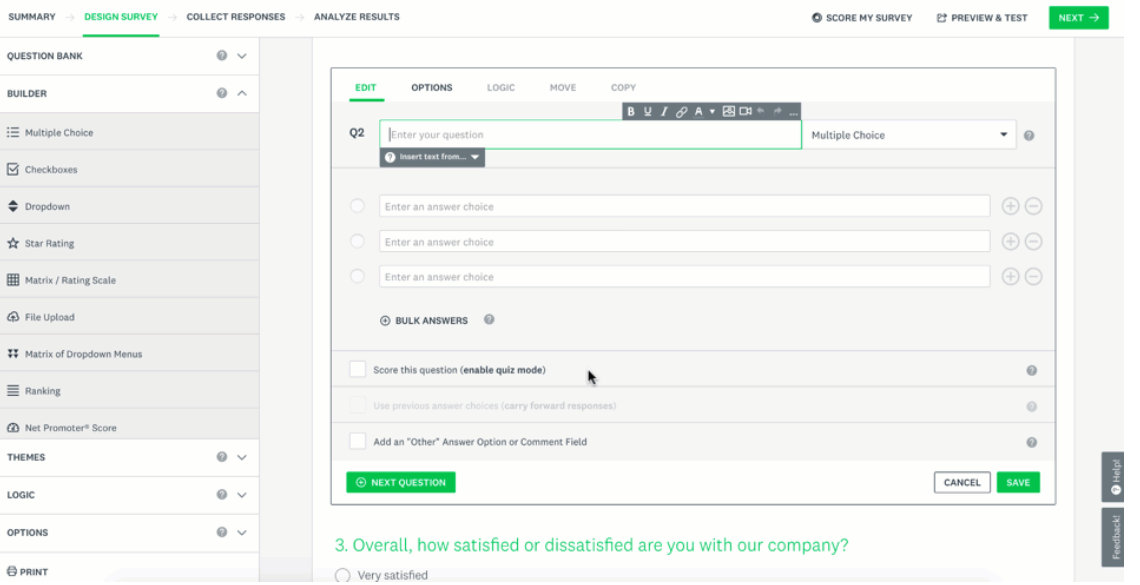
SurveyMonkey provides all the tools marketers need to create, distribute, and analyze online surveys (source: surveymonkey.com)
9. Video hosting and editing
Video hosting platforms and editing tools are essential for higher ed marketers, enabling them to create, refine, and distribute compelling video-based narratives that truly engage audiences—from student interviews to virtual campus tours.
Video hosting platforms:
Video editing tools:

Adobe Premiere Pro is an industry-standard video editing tool that’s used to import, edit, and export video content (source: adobe.com)
10. Workflow automation
Based on triggering events and automated actions, these tools allow higher ed marketers to create online workflows that connect disparate web applications and services.
Web automation tools eliminate the need for repetitive manual tasks and reduce the potential for human error.
Best of all, no coding experience is required.
Here’s an example of how they work:
- Triggering event: A prospective student requests information from a university website’s online form.
- Action #1: The web automation tool creates a lead in a Customer Relationship Management (CRM) system with all the information submitted on the form.
- Action #2: The web automation tool sends a personalized welcome message to the prospective student from an email marketing platform, thanking them for their submission and listing additional information.
- Action #3: An automated instant message is sent to your recruitment team from a communication tool like Slack or Microsoft Teams, informing them of a new prospect.
Popular web automation tools include:
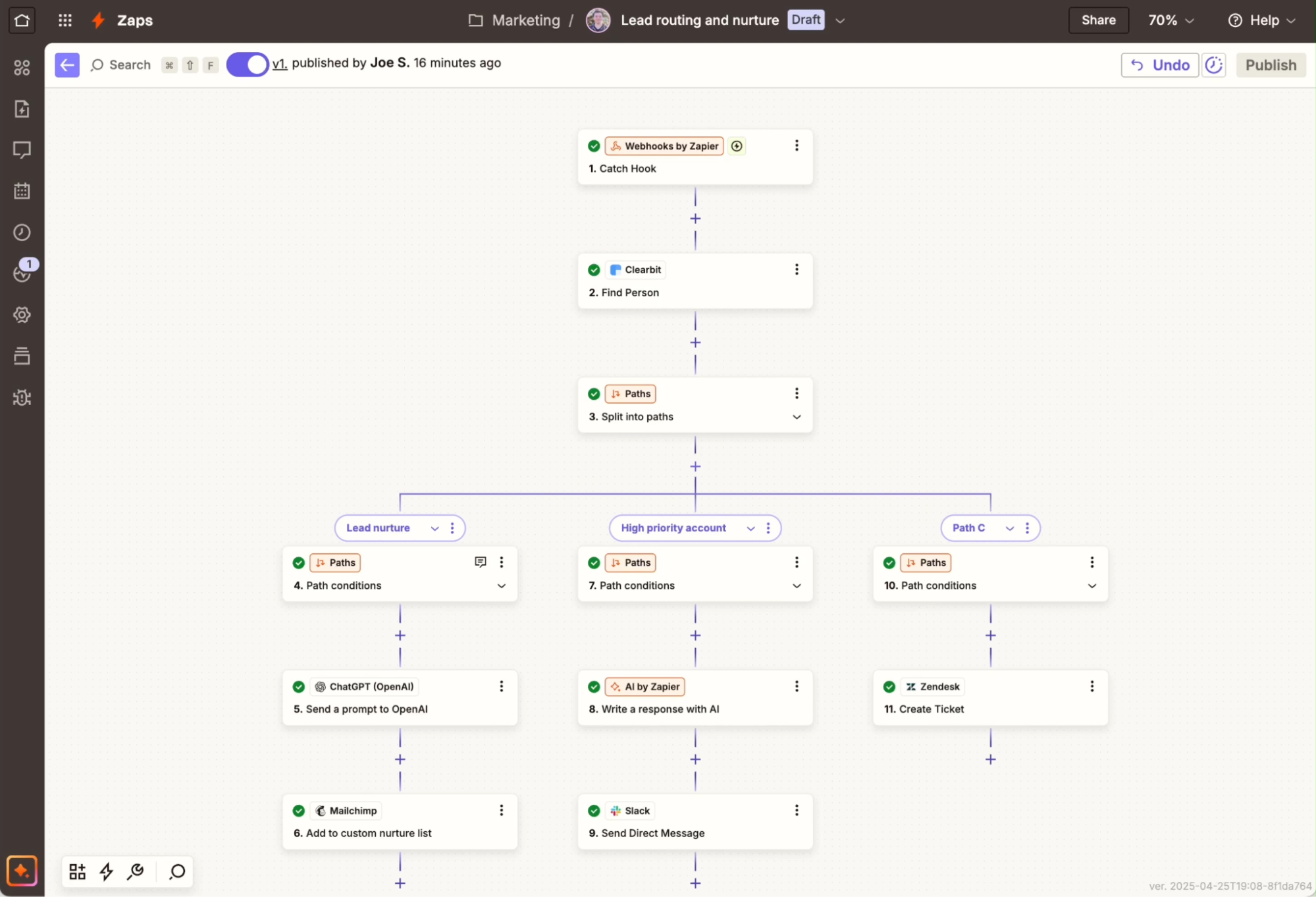
Zapier is an online automation tool that connects different web applications and automates repetitive tasks without requiring any coding knowledge (source: zapier.com)
Progress, not perfection: Understanding your tools
You don’t need to be an expert at every aspect of these tools—especially since some of them are quite robust.
But most of these tools are very user-friendly and can be used effectively without any formal training.
The goal is to be proficient enough so that you can carry out student recruitment or retention campaigns without stressing over all the moving parts, leading to greater marketing success.
What’s in your digital marketing toolkit? Did we miss any of your favorite tools? Share them with us!

:format()//media/10-powerful-tools-for-higher-eduation-marketers-RQ.png)